Day 01 Arrive Chennai
Arrive Chennai. Upon arrival you will met by our representative at airport & escorted you till check in at Hotel.
Chennai is the cultural heartland & gateway to the South India. Here on the east coast , ancient traditions of classical dance, music arts, handicrafts, literature, philosophy and religion have taken root and spread over India and to many parts of the world. In exchange, global influences flowed and were integrated. The Dravidians who have had the greatest influence on the life style of the people of Chennai were originally a Mediterranean race of same stock as the people of create, the pre Hellenic Aegean’s of Greece, and even the Paranoiac race of ancient Egypt. After they had migrated to India many millennia ago they absorbed some of the folkways and love of the earlier. Negroids and Austrics who had laid the foundation of Indian civilization. Later when Indo –Iranians, or Aryans percolated into Southern India, their social systems also had a significant and lasting impact on established customs and rituals.
Overnight at hotel.
Day 02 Chennai – Mahabalipuram
Morning short orientation tour of Chennai.
Visit Fort St. George, completed in 1653 and today filled with reminders of the past, including St. Mary’s, the first church consecrated on Indian soil. The National Art Gallery has many excellent bronzes including the famous Chola period bronze Nataraja, the God Shiva, in the cosmic dance pose. The Government Museum (closed on Fridays), which contains sculpture and architecture produced by the Dravidian dynasties. Drive along the Marina, an elegant promenade and proceed to the old Indian section of Mylapore. Visit San Thome Basilica – St Thomas, the Apostle, is said to be buried h6re. He came here to spread the gospel, legend holds, barely a years after Jesus Christ’s crucifixion.
Later drive to Mahabalipuram
Mahabalipuram is a beautiful beach resort which consists of a the tiny village by the sea in which all else is dwarfed by a dream world of awesome Tamil art, an open air museum of sculpture in living rock. The piece de resistance is Arjuna’s Penance or the Descent of the Ganga, the world’s largest bas-relief, 764 ft. by 288 ft. (27m by 9m). It is a beautiful composition of hundreds of celestial beings, human and animals all hurrying to a natural rock cleft that divides the giant stone. The best known landmark of Mahabalipuram is the Shore Temple, which has stood by the sea for 12 centuries. Its twin spires are pure poetry in granite.
The other wonders of Mahabalipuram are the mandapams, each a cave scooped from a hillside of solid rock and ornamented with pillars, sculptured with panels and with rathams (monolithic rock-cut shrines) that have inspired generations of South Indian temple-builders. The five rathas, named after the Pandavas brothers, the heroes of the Mahabharata, and their wife Druapadi, are part of an amphitheater of art. Each temple though incomplete, remains a gem. Also in this area are a magnificent elephant and an exquisite Nandi, the sacred bull.
Overnight at Hotel
Day 03 Mahabalipuram – Pondicherry
Morning after breakfast drive to Pondicherry enroute visiting Tiruvannamalai
The temple town of Tiruvannamalai is one of the most ancient heritage sites of India and is a center of the Saiva religion. The Arunachala hill and its environs have been held in great regard by the Tamils for centuries. The temple is grand in conception and architecture and is rich in tradition, history and festivals.
In ancient times, the term “Annamalai” meant an inaccessible mountain. The word “Thiru” was prefixed to signify its greatness, and coupled with the two terms, it is called Tiruvannamalai.
The history of this town dates from the early Chola period i.e. the period of Aditya I and Parantaka I (A.D. 871-955) when the Chola empire had expanded northwards to include practically the whole of Tondaimandalam.
Continue drive to Pondicherry
Pondicherry was the former capital of the French territories in India. Landmarks include the Raj Nivas, the Pondicherry Museum Aurobindo Ashram, and the best known landmark of Pondicherry.
Overnight at hotel.
Day 04 Pondicherry – Tanjore
Morning after breakfast City tour of Pondicherry.
Sri Aurobindo Ashram: This place was founded by Sri Aurobindo, who in the early ages was a revolutionist and then turned poet. His was jointly helped by The Mother, who was a Paris born painter. The Ashram is a centre for the practice of integral yoga, meditation, and of inner development.
Auroville: Auroville was inaugurated on 28th Feb. 1968 with representation from 124 countries. Auroville was envisioned as a Universal Town, where people from different nationalities, faiths and beliefs, can live in peace and harmony. It is an attempt to realize a new society as envisioned by Sri Aurobindo and the Mother. Nearly people from 35 countries are living here to realize on human unity and transformation of consciousness. Auroville welcomes people from all parts of the world to live together and explore cultural, educational, scientific, spiritual, and other pursuits in accordance with the Auroville Charter. Auroville information centre and Marti Mandir [Meditation hall with world’s biggest man- made crystal ball are the places open to most of the visitors. It offers less to see and lots to experience.
Later drive to Tanjore. Upon arrival check in at Hotel
Thanjavur (also known as Tanjore) is the royal city of the Cholas and Nayaks. Thanjavur derives its name from Tanjan-an asura (giant), who according to local legend devastated the neighbourhood and was killed by Sri Anandavalli Amman and Vishnu. Sri Neelamegapperumal Tanjan’s last request that the city might be named after him was granted. Chola, Chera and Pandya kings were ruling Tamizhagam even before Mahabharat period. Chola kingdom was leading and patronizing literature, art, science and religion than the other two kingdoms. The capital city of Chola was always changing. Thiruvarur was the capital during Manuneethi Cholan. Uraiyur, Pazhaiyarai, Thanjavur and Gangaikonda Cholapuram used to be the capitals of Chola Kingdom. It has been believed from the Epics that many Chola kings were ruling from Thanjavur even before Karikala Cholan.
Overnight at hotel.
Day 05 Tanjore – Trichy – Madurai
Morning after breakfast City tour of Tanjore.
Visit the famous Brihadeeswara Temple which has gopurams over 90 ft. (27 m) high and are exquisitely sculpted & the Saraswati library.
Of the various rulers of Thanjavur, the Cholas seem to have left the Great temple of Sri Bragatheeswara a striking relic of their genius. The temple stands tall within the small fort, commonly called the Sivaganga Fort, ascribed to the Sevvappa Nayak and the big fort which encircles the city and the palace was built by Vijayaraghava the last. These two forts could be the renovations of the earlier chola fortifications.
Late drive to Madurai enroute visiting Trichy
Trichy is a historical town and was for a period the capital of the Chola rulers. Visit the Rock Fort, 300 ft. (90 m) high, which dominates the landscape. A fine view of the city can be had from the fort. Visit the island of Srirangam across the River Kaveri – 3 miles (5 km) away. The temple here is practically a town in itself with several residential streets within its 1 sq. mile together with a number of shopping streets
Upon arrival check in at Hotel
Madurai known as the City of Festivals, Madurai is the most ancient home of culture and the first Tamil Academy was founded here by scholars and pious kings. The town has developed encircling the famous Meenakshi Temple built in the Dravidian style – one for Shiva and the other for his spouse Meenakshi. It is believed that if you place a literary work in the tank of this temple, it will sink if it is worthless and float, if worthy. The temple has beautiful sculptures of Shiva. The court of a thousand pillars built in 1560 AD also has lovely sculptures. From any side inside the hall, the visitor can get a kaleidoscopic view. Outside the temple, are the Musical Pillars, which produce different swaras or notes when tapped. To the east, is the Vasant Mandapams with life-size statues of Nayaks of Madurai.
Overnight at the Hotel.
Day 06 In Madurai
Morning after breakfast City tour of Madurai
The `Temple City’ was the capital of the Pandya kingdom but it was during the reign of the Nayaks (10th to the 18th century) that the magnificent Meenakshi Temple. Visit the Palace of Tirumala Nayak, the most famous king of the Nayak dynasty. It has a great audience hall, a three-sided pavilion and a courtyard & Alagar.
Evening witness temple ceremony at Meenakshi temple
The Evening Aarti Ceremony at the Madurai Meenakshi Temple is a must if you wish to observe the strength of the Hindi Faith. Join the daily procession as Sundareswarar (an incarnation of Shiva) is carried and laid to rest with his consort, Meenakshi (Parvati). The priests take blessings, lighting the holy flame with the aromatic camphor to the raucous of pipe and percussion instruments as the worshipper’s gathe and protrate before thei gods. Expect your spirit to lift!
Overnight at hotel
Day 07 Madurai – Chennai
Morning free.
Afternoon transfer to railway station OR airport to connect Train / Flight to Chennai. Upon arrival transfer to international airport to connect flight for onward destination.

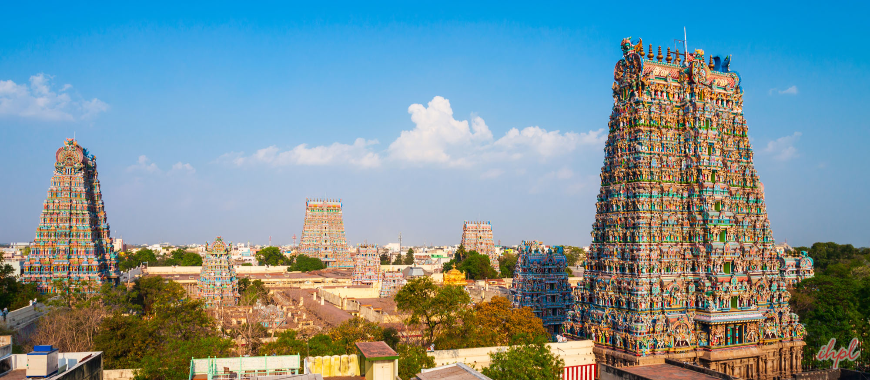
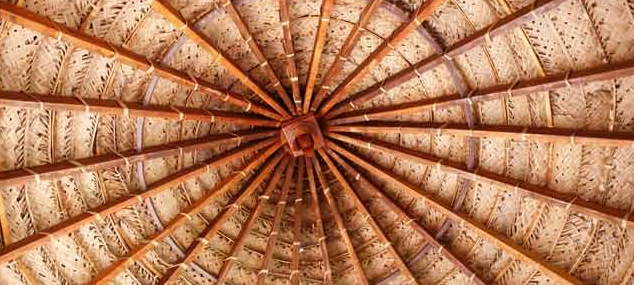
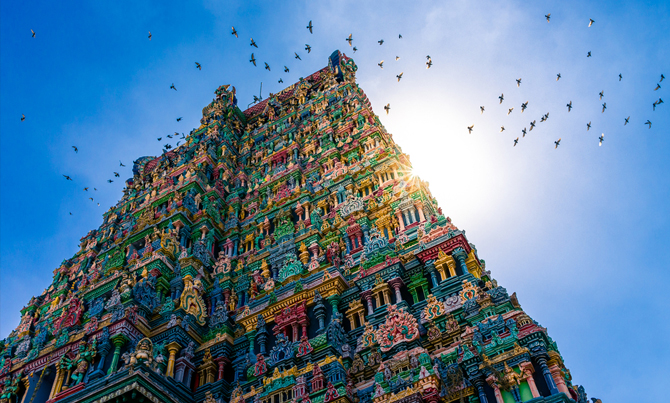

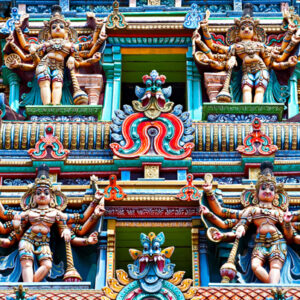
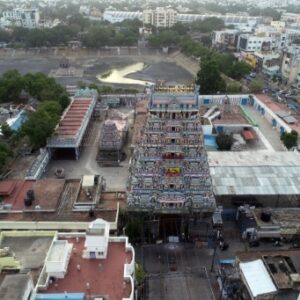

Reviews
There are no reviews yet.